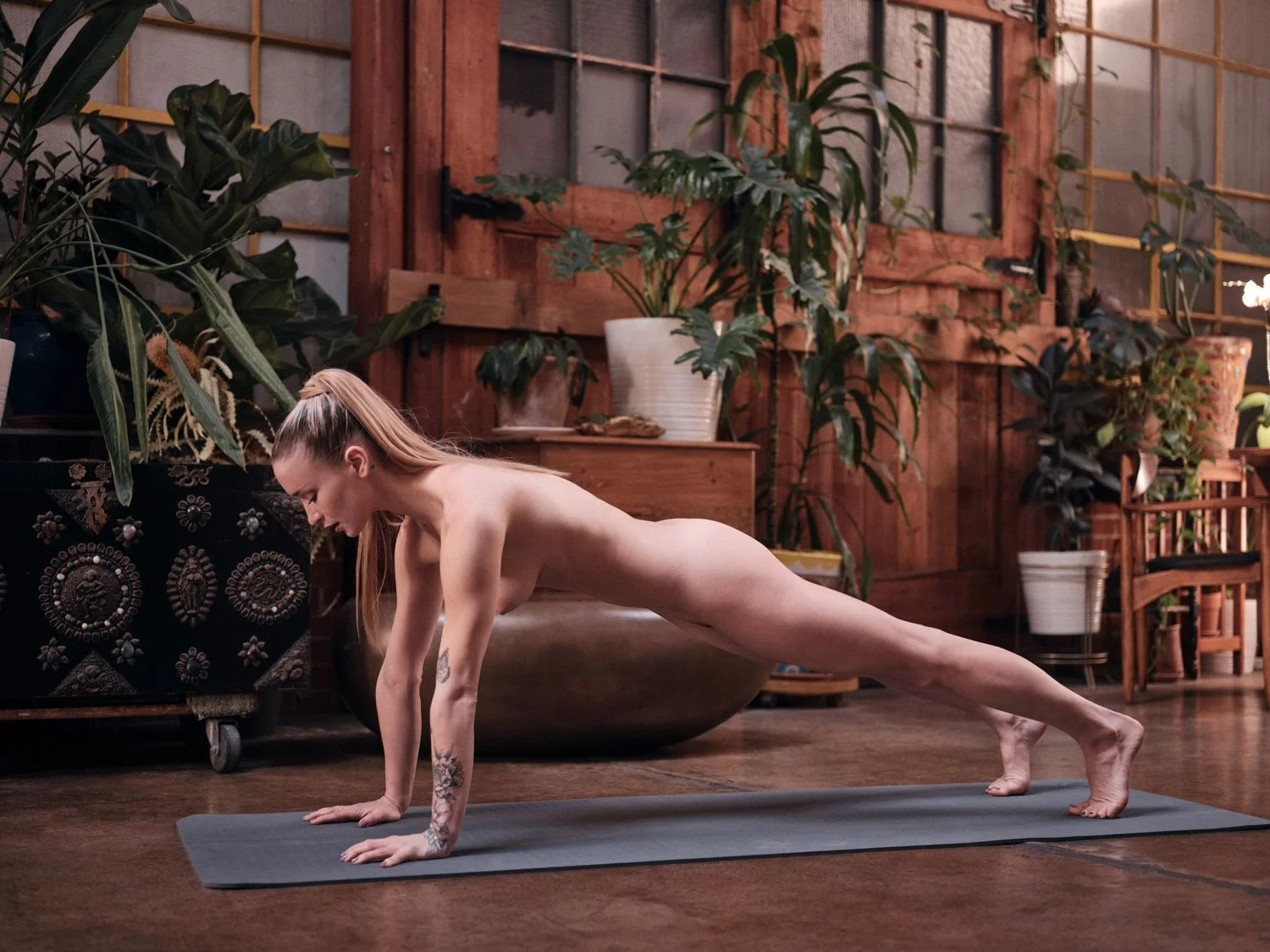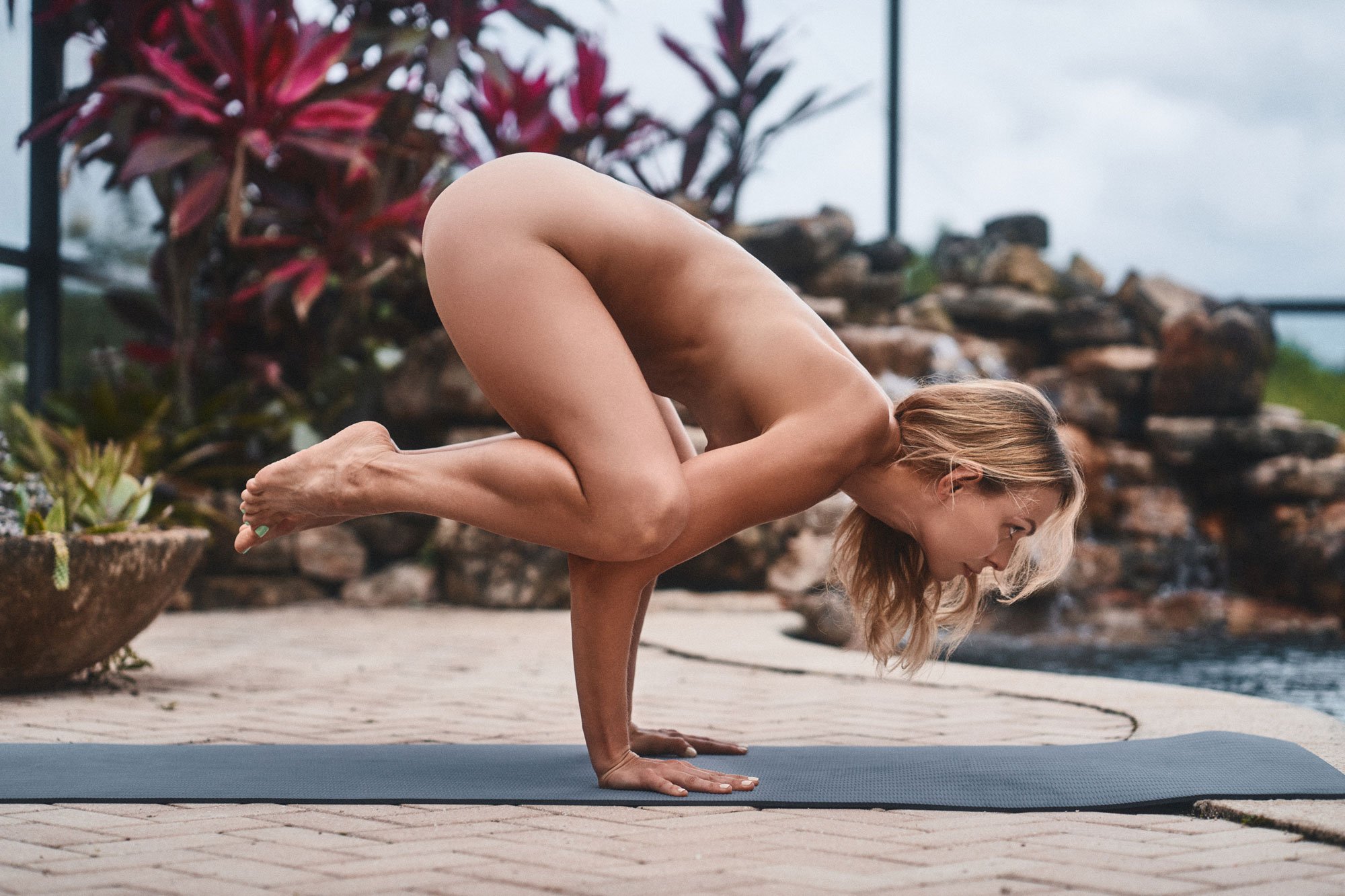Plank Pose
Phalakasana
Teacher: Marie
Plank Pose is a fundamental full-body strengthening posture that builds core stability, upper body strength, and endurance. It’s essential for developing a strong foundation.
Common Name: Plank Pose
Sanskrit Name: Phalakasana (pha-lahk-AHS-uh-nuh)
Level: Beginner, Intermediate
Pose Type: Arm Balance, Core Pose
Plank Pose, also known as Phalakasana, is a powerful full-body isometric exercise that engages nearly every major muscle group. It is a cornerstone posture for building core strength, enhancing shoulder stability, and developing endurance in the arms, legs, and glutes. This pose not only strengthens the physical body but also cultivates mental focus and determination. It serves as a foundational pose for many arm balances, inversions, and vinyasa sequences, making it invaluable for overall strength and body awareness.
Plank Pose Steps
Teacher: Chloe
Step 1
Begin on your hands and knees, aligning your wrists directly beneath your shoulders and your knees beneath your hips.
Step 2
Spread your fingers wide, pressing firmly through your palms and fingertips.
Plank Variation: Four-Limbed Staff Pose | Teacher: Lana
Step 3
Step one foot back at a time, extending your legs fully until your body forms a straight line from the crown of your head to your heels.
Step 4
Engage your core by drawing your navel towards your spine, and gently tuck your tailbone to avoid arching or rounding your lower back.
Step 5
Keep your neck long, looking slightly forward or straight down to maintain a neutral spine.
Step 6
Actively press through your heels, engaging your quadriceps and glutes.
Step 7
Hold the pose for 30 seconds to 1 minute, or as long as comfortably possible, maintaining a steady breath.
Pose Modification: Forearm Plank Pose | Teacher: Chloe
Modifications
For less intensity, drop your knees to the floor while maintaining a straight line from shoulders to knees to heels
For wrist discomfort, place your forearms on the floor, coming into Forearm Plank, with elbows directly under shoulders
For more shoulder stability, slightly protract your shoulder blades to create more space in your shoulders and avoid sinking.
Benefits
• Builds core strength and stability
• Strengthens arms, wrists, and shoulders
• Tones the glutes and quads
• Improves posture and alignment
• Enhances endurance and mental focus
• Prepares the body for more advanced arm balances and inversions
Cautions
• Recent wrist, shoulder, or elbow injury
• Carpal tunnel syndrome
• Severe lower back pain (unless modified by dropping knees)
• Later stage pregnancy consult a doctor
• High blood pressure






